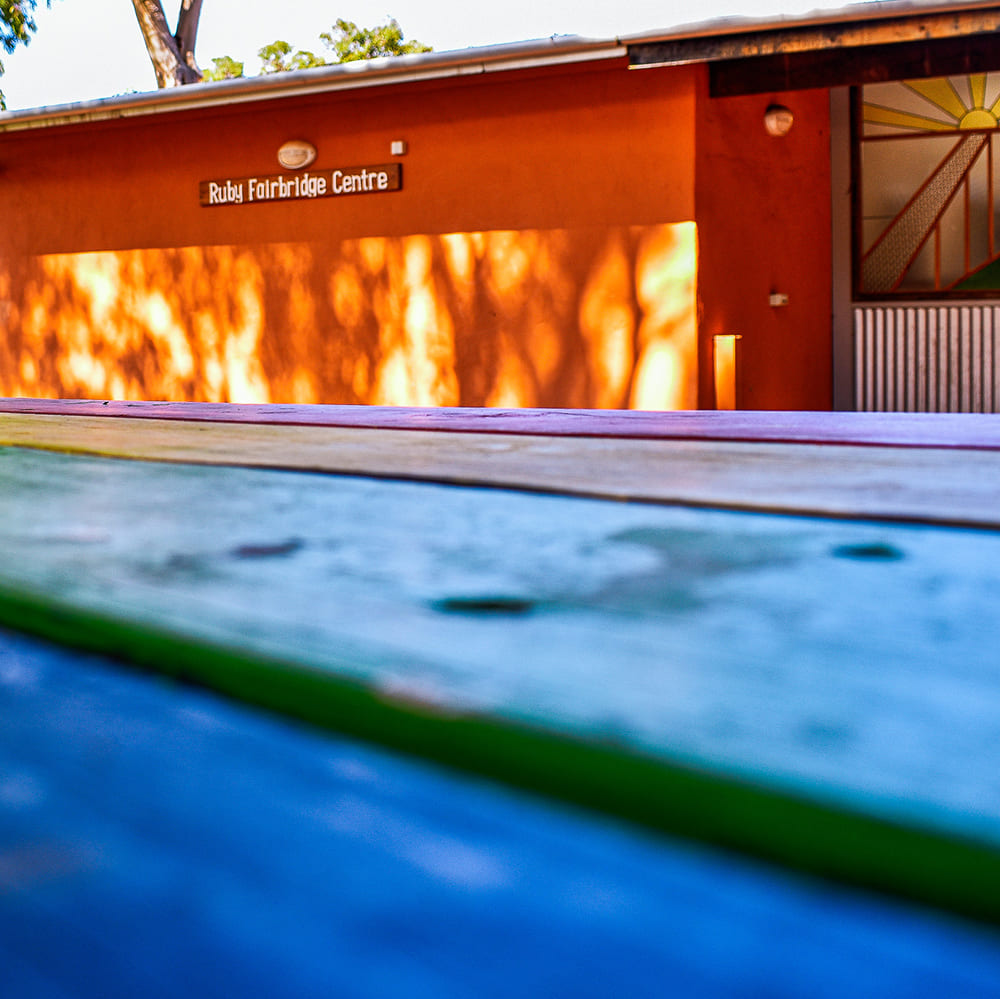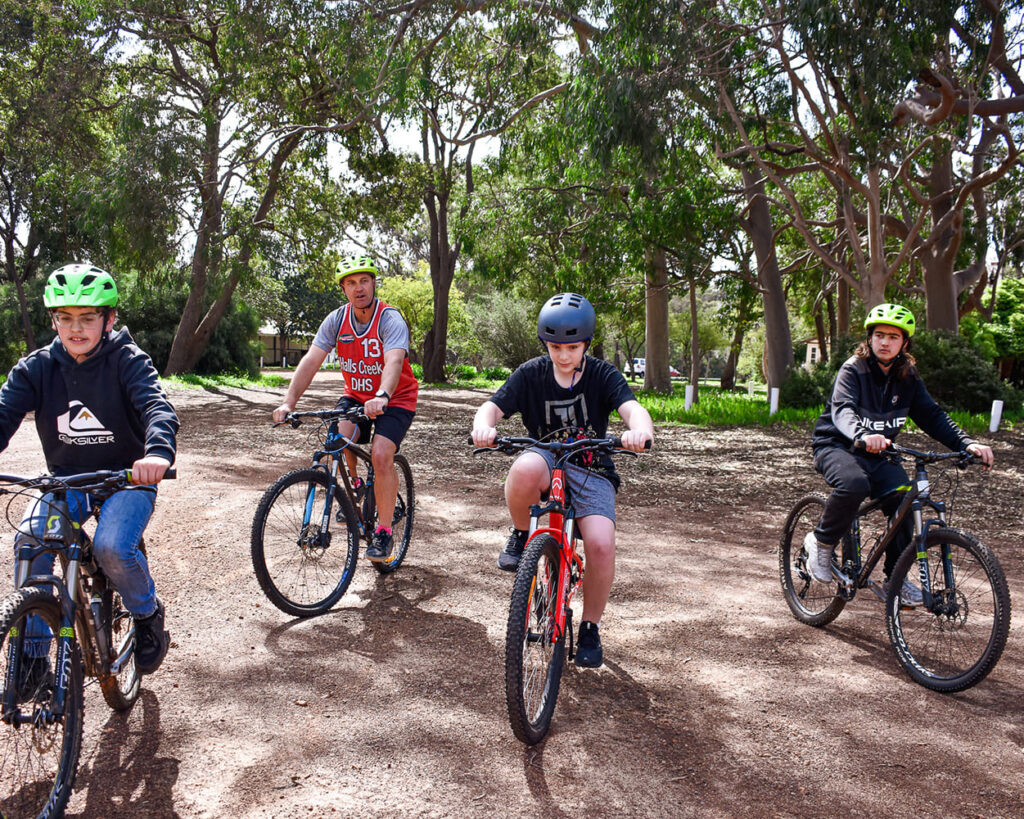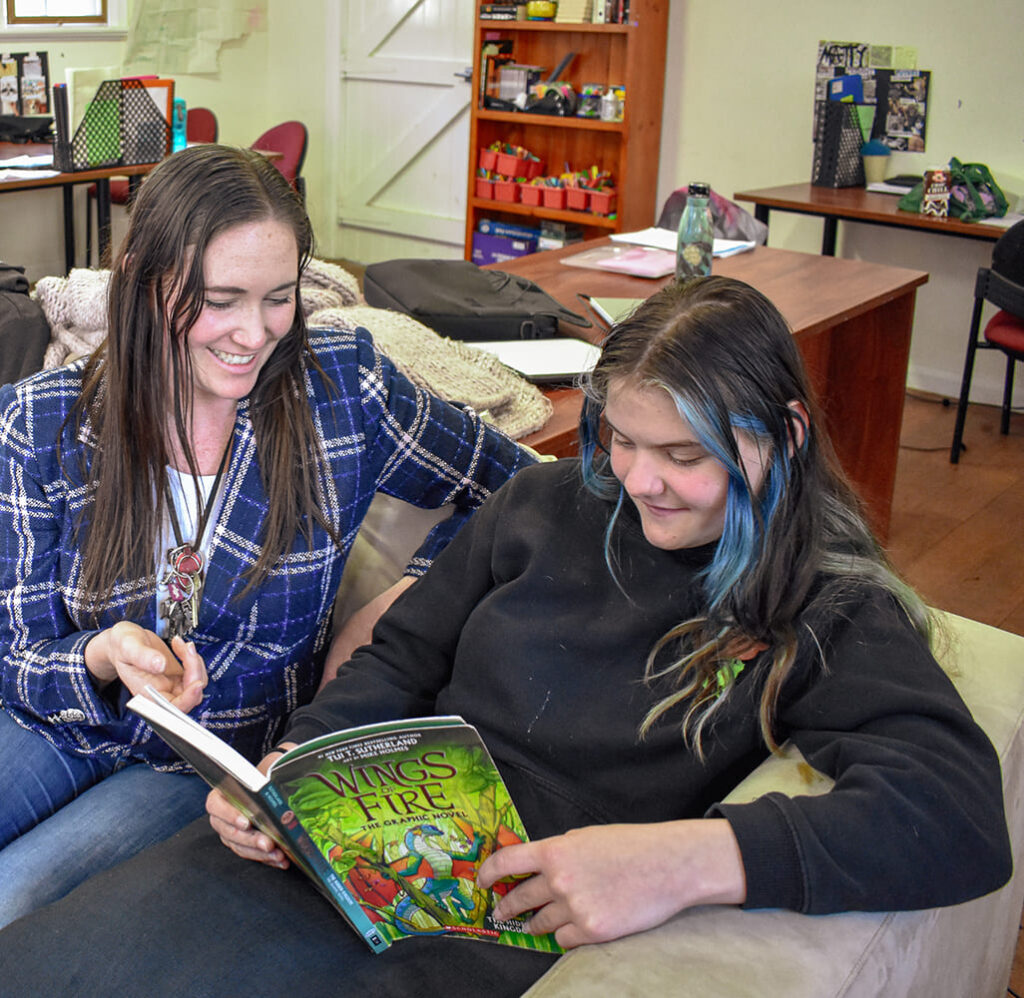
As 2025 draws closer, schools across Australia are refining their strategies and setting their priorities for the new year. With a growing focus on student well-being, practical learning, and academic success, the upcoming year promises exciting developments in the educational landscape.
Personalised Learning for Every Student
One of the key educational priorities for the 2025 school year is the continuation and expansion of personalised learning. Schools are moving away from a one-size-fits-all approach and instead focusing on individual student needs. By offering tailored learning plans, schools can better address each student’s strengths and areas for improvement.
This personalised approach goes beyond traditional academic achievement. It also integrates personal growth and development, including boosting confidence, fostering resilience, and providing support for students facing mental health challenges.

Hands-On Learning: Bridging the Gap Between Theory and Practice
In 2025, there will be a greater emphasis on hands-on, practical education. The focus is on providing students with real-world skills that can be immediately applied to future careers or further study. Subjects like woodwork, hospitality, automotive skills, and digital technologies will be offered more widely, giving students opportunities to explore different fields before committing to a specific career path.
This practical approach not only equips students with the technical skills they need but also teaches critical life skills such as problem-solving, teamwork, and independence. These experiences provide a well-rounded education that prepares students for life beyond the classroom.
Mental Health and Well-Being
Student mental health and well-being will continue to be a top priority for schools in 2025. There is growing recognition of the need for comprehensive support systems that address not just academic needs but emotional and psychological well-being. Schools are increasingly hiring more student support officers, counsellors, and mental health professionals to ensure students have access to the care they need.
With stress and anxiety becoming more prevalent among young people, schools are introducing programs that encourage mindfulness, self-care, and social-emotional learning. By addressing these issues, schools aim to create an environment where students feel supported in all aspects of their lives, from their academic achievements to their personal growth.
Increased Focus on STEM Education
In the face of a rapidly evolving job market, STEM (Science, Technology, Engineering, and Mathematics) education will be a key focus for many schools in 2025. With technology playing an ever-larger role in our daily lives, it is essential that students are equipped with the skills needed to succeed in these fields.
In 2025, more schools will introduce or expand STEM programs, offering students access to cutting-edge resources like robotics kits, coding software, and renewable energy projects. These initiatives are designed to give students practical experience in these in-demand fields, while also fostering creativity and problem-solving abilities.
Indigenous Education and Cultural Awareness
2025 will see a continued emphasis on integrating Indigenous perspectives and cultural education into the curriculum. Schools are recognising the importance of understanding and respecting Australia’s diverse cultural heritage, and they are actively working to build stronger connections with local Indigenous communities.
In the coming year, students will have more opportunities to engage with Indigenous culture through workshops, cultural excursions, and collaborations with Indigenous elders. These experiences will enrich students’ understanding of history, language, and art, while fostering a spirit of reconciliation and respect.
Flexible Learning Options
Recognising that each student has different learning needs, schools are offering more flexible learning options in 2025. This includes blended learning models that combine in-person teaching with online resources, allowing students to learn at their own pace. Flexible learning options are especially beneficial for students who need additional time or prefer a more personalised approach to learning.
The rise of digital tools has made this shift possible, enabling students to access learning materials outside of the traditional classroom setting. This flexibility supports diverse learning styles and ensures that students can engage with the curriculum in a way that works best for them.
Building Strong Community Partnerships
Schools are increasingly looking to build stronger ties with local businesses, organisations, and community groups. By forging partnerships with these entities, schools can provide students with valuable work experience, internships, and real-world learning opportunities. These partnerships offer students a unique chance to gain practical knowledge while contributing to local community projects.

Preparing for the Future: Career Pathways and Vocational Training
Preparing students for the workforce is a priority that continues to grow in importance. In 2025, schools will place greater emphasis on career pathways and vocational training. By offering students access to apprenticeships, work placements, and training programs, schools will help students transition from education to employment more smoothly.
Conclusion
As we look ahead to 2025, it’s clear that education is evolving to meet the needs of students in an increasingly complex world. The focus on personalised learning, mental health, hands-on education, and STEM will help students thrive in their academic and personal lives. At the same time, increased cultural awareness and flexible learning options ensure that all students are given the tools they need to succeed.










